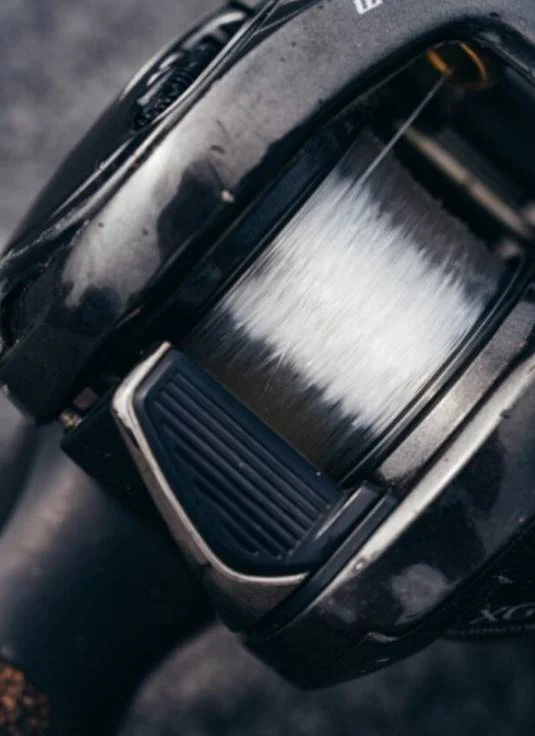Over the past decade, fluorocarbon fishing line has surged in popularity within the bass fishing community, evolving from a leader material to a preferred choice as a mainline. While fluorocarbon offers numerous benefits, such as low visibility and high abrasion resistance, anglers also face several challenges when using this line. Here, we delve into the five most significant hurdles associated with fluorocarbon fishing line.
Cost: One of the primary challenges with fluorocarbon is its higher cost compared to traditional nylon (monofilament) lines. Fluorocarbon raw materials are more expensive, resulting in retail prices that are often 2X-3X higher than nylon lines. This increased cost can pose a significant barrier for new anglers or those prone to frequent backlashes, as cutting out backlashes becomes more financially burdensome.
Knots: Unlike traditional nylon lines, fluorocarbon is a harder material, making knot selection crucial to prevent break-offs on hook sets. Some knots, especially those tied improperly, can cause the line to cut itself during a hard hookset. This issue is particularly problematic with techniques like pitching. Selecting appropriate knots such as the 3-tag, San Diego Jam, or Tornado HH Knot is essential for maximizing the strength of fluorocarbon connections.

Stiffness: Fluorocarbon lines tend to be stiffer than nylon lines of the same lb test, making them more challenging to cast with baitcast reels and prone to “jumping off” spinning reels. This stiffness can hinder casting performance and reel management, especially during repetitive casting. Strategies to mitigate backlashes, such as adjusting casting techniques, can help alleviate this challenge.
Kinks: Line kinks are a common issue with fluorocarbon, particularly when using baitcast reels. Kinks occur when the line passes under itself or experiences spool overruns during casting. Removing these kinks can create additional weak points in the line, compromising its overall performance and durability. Micro cracks formed at kink points weaken the line, increasing the likelihood of breakage in the future.
Sinking Nature: Fluorocarbon’s high specific gravity causes it to sink in water, which can impact lure performance, especially with topwater lures. The sinking nature of fluorocarbon pulls down the nose of topwater lures, affecting their buoyancy and action. While this characteristic can be advantageous for achieving greater depth with certain lures, it presents challenges when fishing with topwater presentations.
While fluorocarbon fishing line offers numerous benefits, anglers must navigate various challenges associated with its use. Understanding and addressing these challenges through proper knot selection, casting techniques, and line management strategies can help maximize the performance and effectiveness of fluorocarbon in various fishing scenarios.
Images/Source: SunLineAmerica





